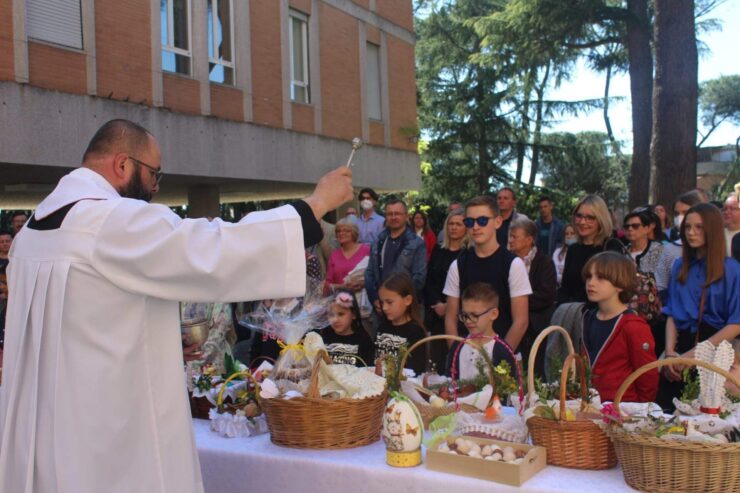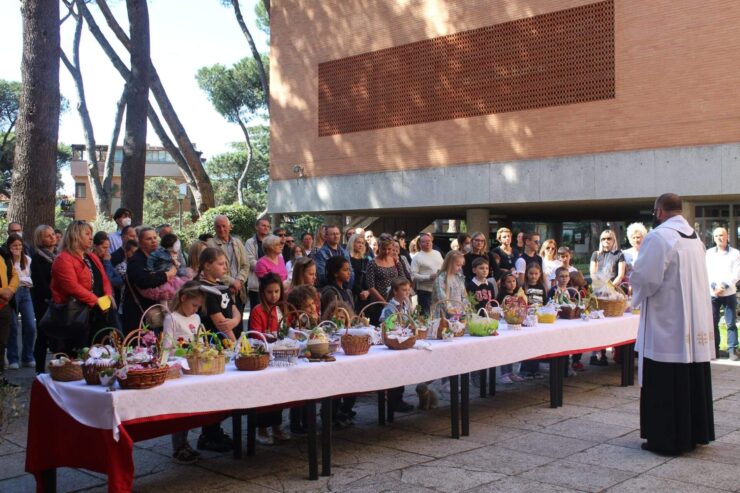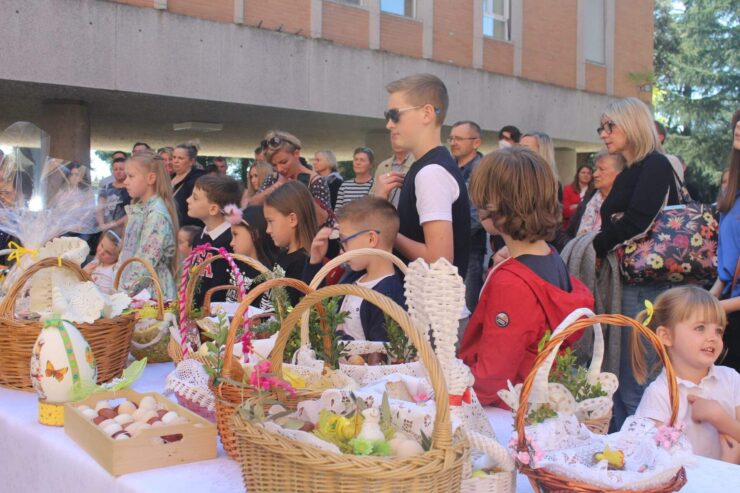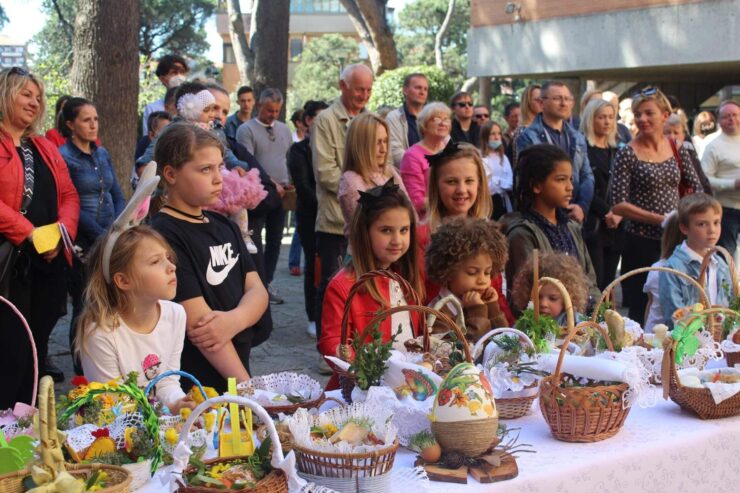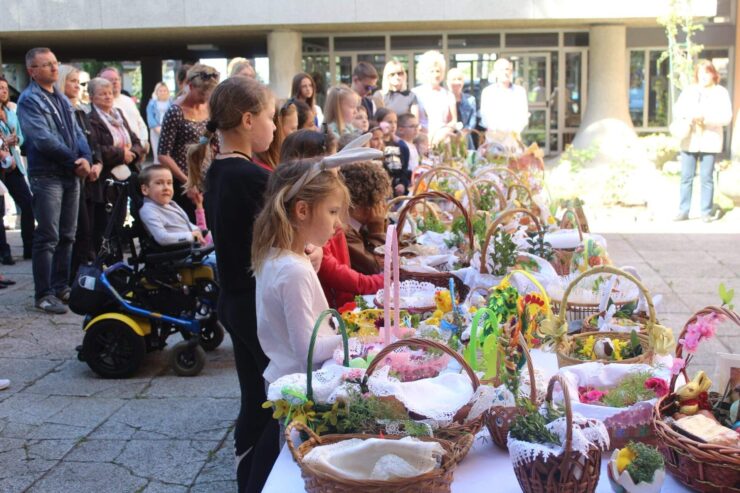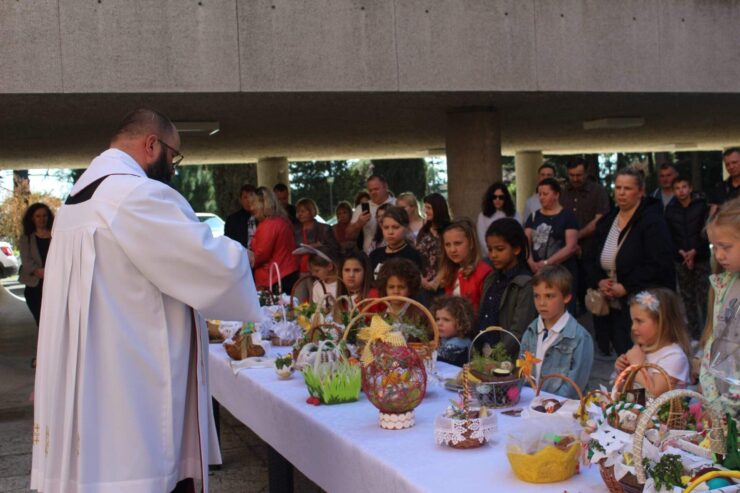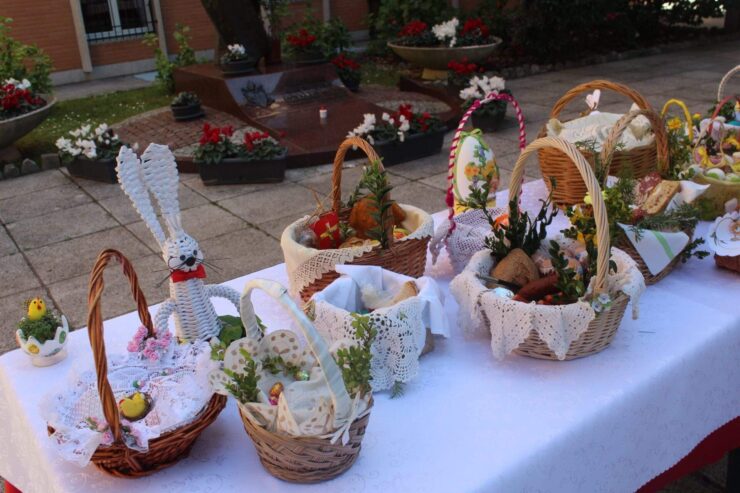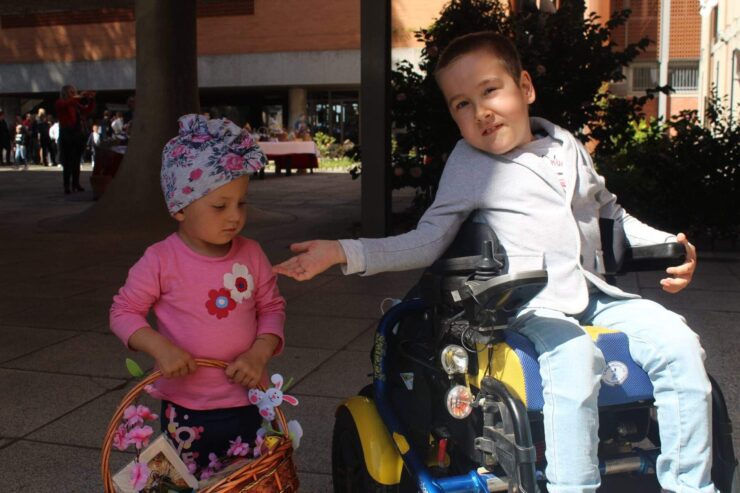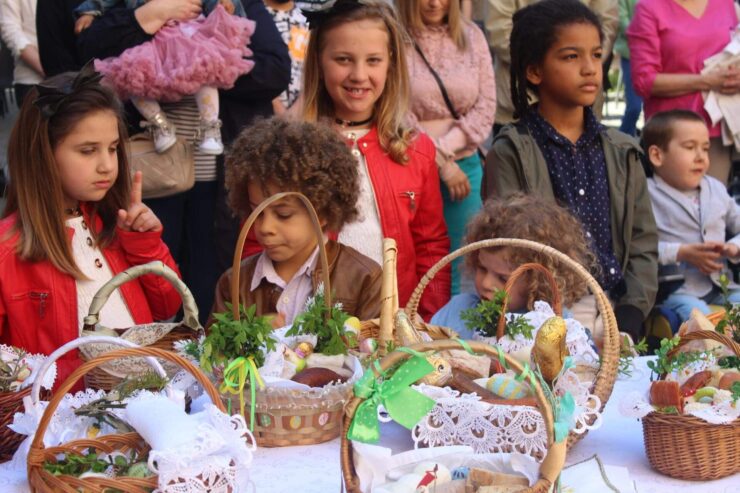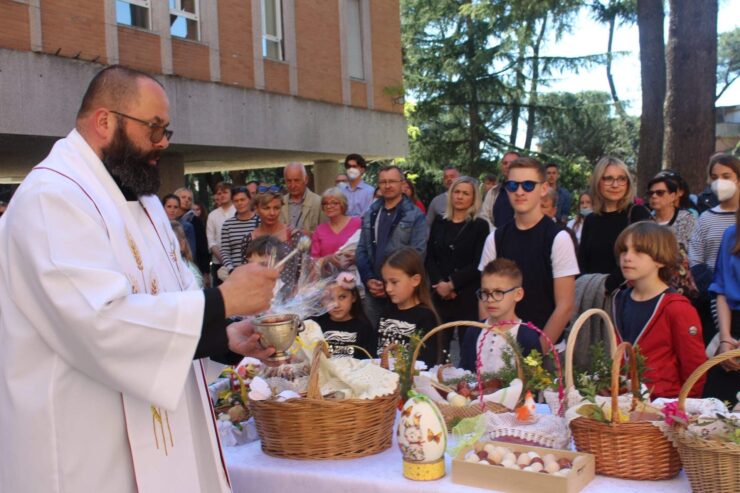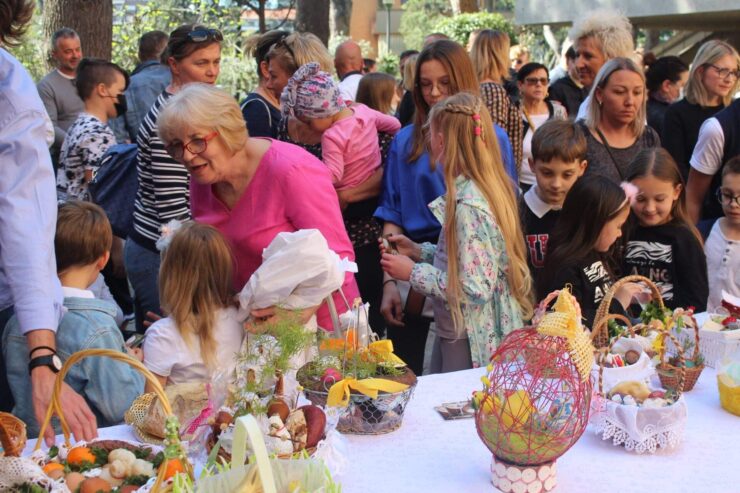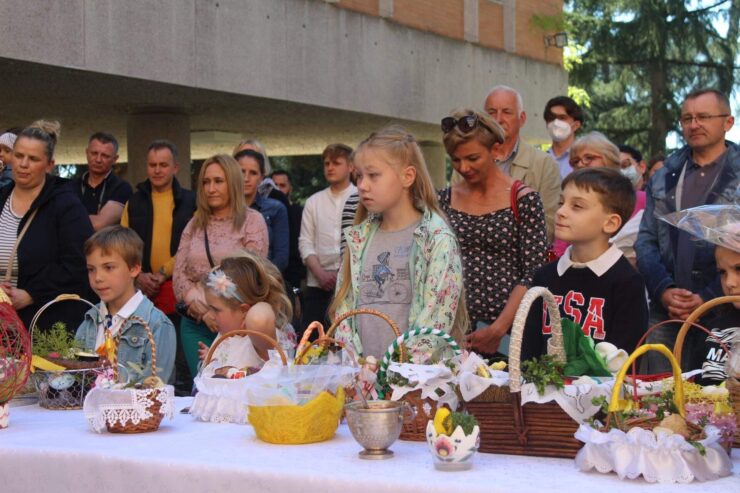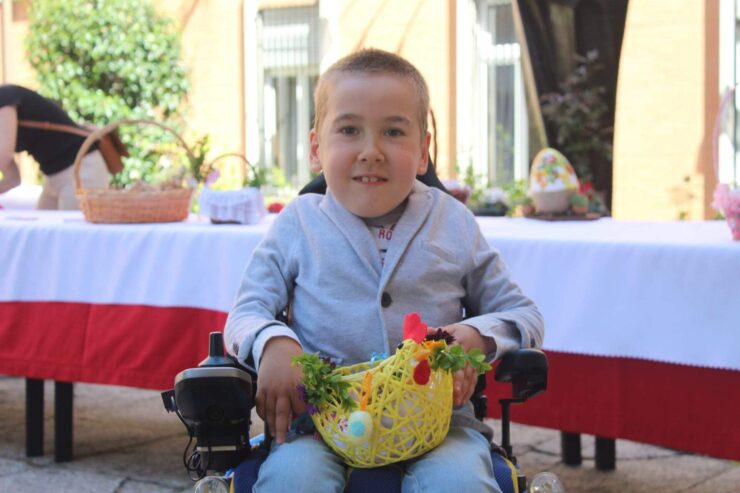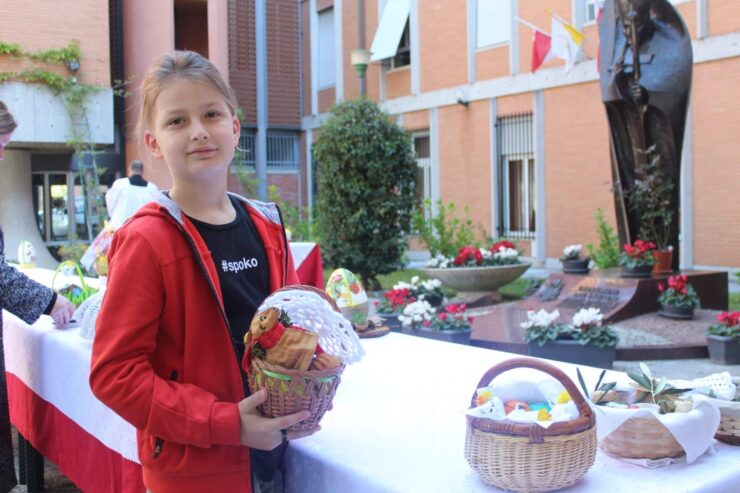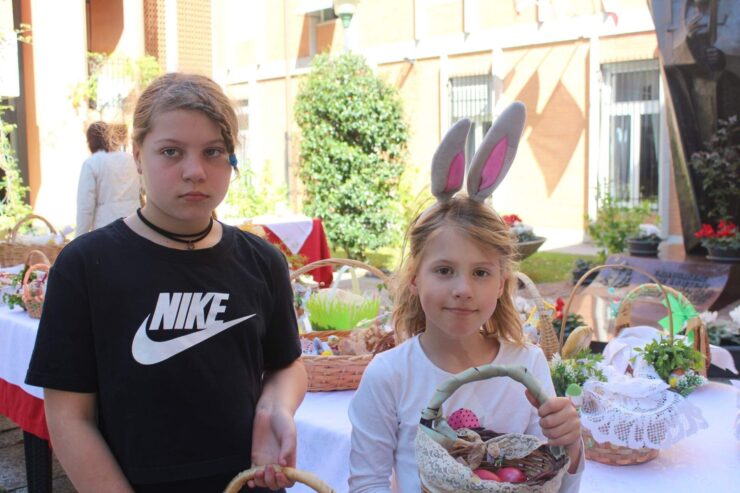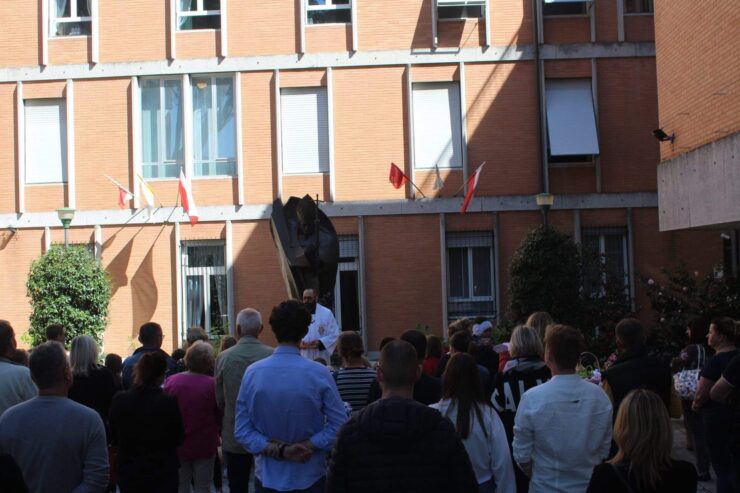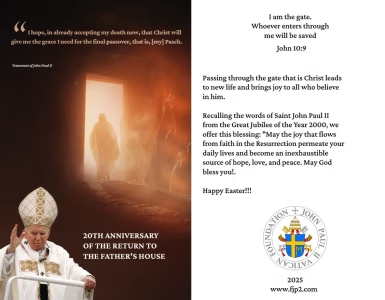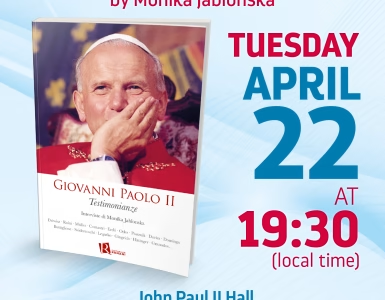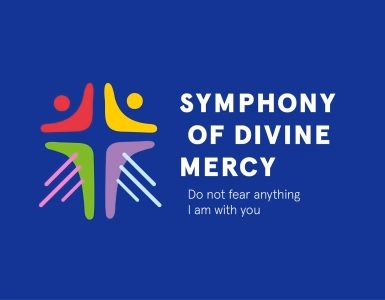The Easter basket is such a symbol for the feast of the Resurrection of the Lord as the Christmas tree for Christmas. On Holy Saturday, every Christian brings food for blessing. This is to ensure wealth, strength and health for the entire year. This symbol of Easter has been known for centuries.
The history of the blessing of food has a very long tradition. Already in the pre-Christian Slavs, the period of spring, the time of equinox of day and night was a festive time, starting the vegetation of plants, a new life. The blessing of food is combined with pagan feasts, sacrifices, thanksgiving. Even then, bringing food for blessing had a symbolic value.
Today’s custom of carrying baskets to churches, however, is directly related to the Christian celebration of Easter.
As it turns out, carrying food in wicker baskets, which we know today, contrary to appearances, does not have such a long tradition. Initially, Easter food baskets were not carried to churches. It was the priest who came to the countryside and blessed the food there.
This was the case in the seventeenth /eighteenth century. The hosts set up tables with white tablecloths and put on them the food they wanted to be blessed. There was a lot of it and often it was prepared dishes.
According to historical records, this custom began to change at the end of the eighteenth century. Priests slowly stopped visiting homes. In the designated place of the village, several long tables covered with white tablecloths were set up and people put food on them. It was then that food began to be brought for blessing in baskets. But, it wasn’t like the baskets it is today. Women brought large wicker baskets full of food. Everything that could be eaten was brought. Such blessing most often took place somewhere on some designated area or market squares.
This has been the case for about 100 years. The tradition of bringing food to churches was born only in the second half of the nineteenth century. Baskets with food began to be brought to churches by city dwellers. From this was born such Easter food basket “święconka” as we know it today. Some elements are the same, and some change.
Over the centuries, not only the form of blessing has changed. Large wicker baskets, filled to the brim with food, were abandoned. The twentieth century introduced into the custom small baskets padded with embroidered napkins, in the middle of which you could already find specific products, such as: an egg, sausage, a piece of bread. Today, more and more often in Easter baskets you can see not white, embroidered napkins, but colorful ones made of paper. It is similar with the decoration of the basket. A few centuries ago, decorations from evergreen plants, i.e. periwinkle or boxwood, were mandatory.
At the Polish House on Via Cassia 1200 on Holy Saturday, Polish families expressed their attachment to Polish traditions and, above all, faith and hope in the grace of the Risen Christ, the grace of peace that the present world so desperately needs.
AN

